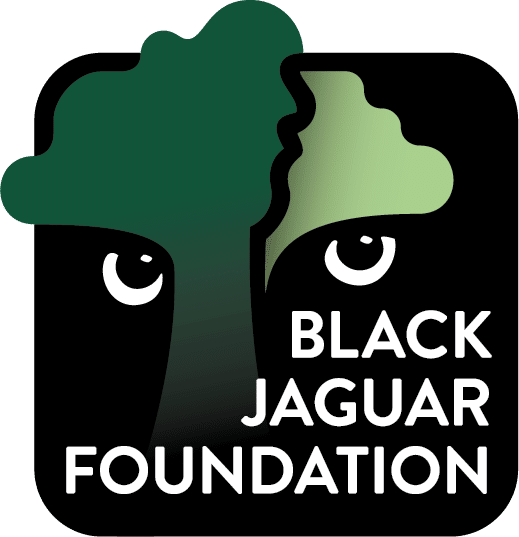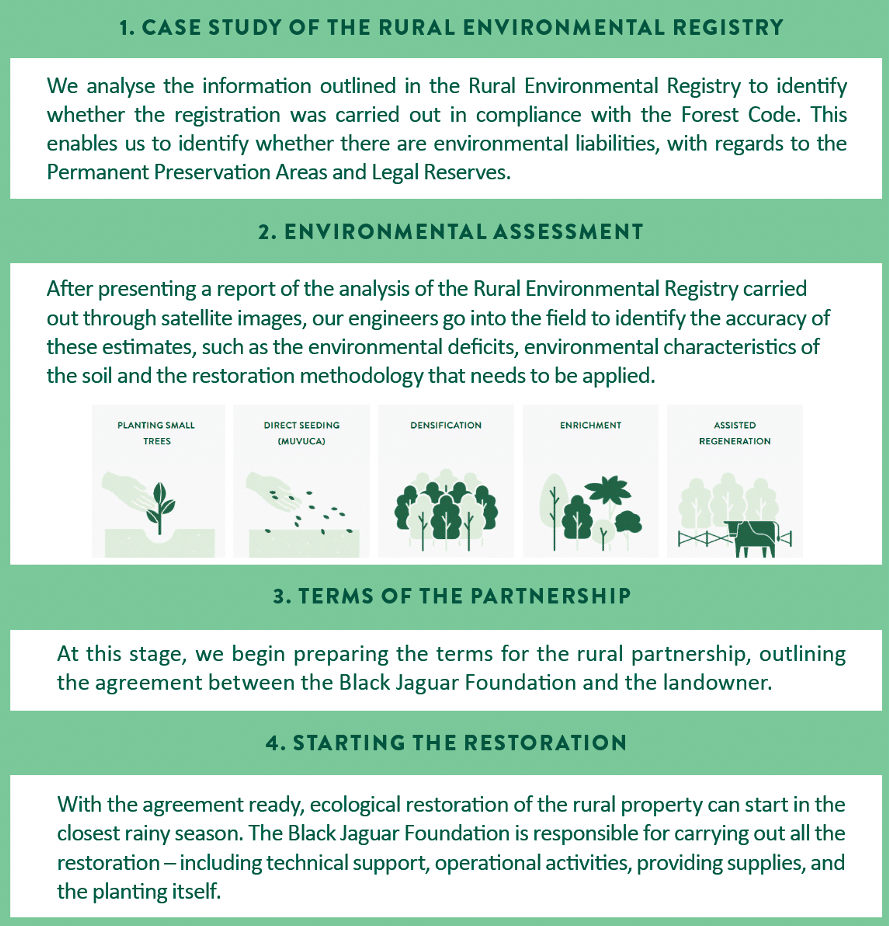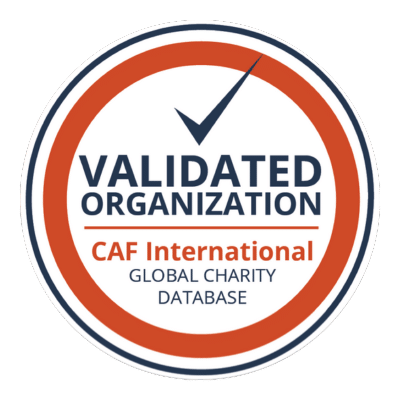The New Brazilian Forest Code – Law nº 12.651/2012 – was implemented 11 years ago today. This law is responsible for ensuring the preservation of part of the native vegetation present in rural properties in Brazil.
Since the Black Jaguar Foundation was established on the basis of this law, we decided to take this opportunity to give you brief overview of how it enables the preservation of native vegetation in the Araguaia region.
Let’s have a closer look at the Brazilian Forest Code together:
Legal Reserves: Percentages of native vegetation that should be maintained, restored, or compensated, in rural properties in Brazil:
Within the legal Amazon (Amazon regions in the states of Mato Gross, Pará, Acre, Tocantins, Amazonas, Roraima, Amapá, and part of Maranhão), the following percentages of the rural properties must be preserved:
- 80% of the property when its vegetation belongs to a forest region.
- 35% of the property when its vegetation belongs to a savanna region (like the Cerrado Savanna, for example)
- 20% of the property when the vegetation belongs to a grassland.
Outside of the legal Amazon (falling beyond the scope of the states listed above)
- 20% of the property regardless of the type of vegetation present (including forest, Savanna, Caatinga or grasslands)
Permanent Preservation Areas (APPs) : These are regions that have been established by Brazilian legislation in which the conservation of native vegetation is mandatory. APPs can be found on the marginal strips of any natural water course that is perennial or intermittent, as well as in other special situations, like hilltops, “veredas” (treeless grasslands on seasonally waterlogged soil), and in the borders of “chapadas”(tablelands).
A perennial water course is one which naturally has a water flow throughout the entire year while an Intermittent water course is one whose water flow stops at certain seasons of the year.
These are different from Legal Reserves in that their demarcation is linked to specific characteristic of the landscape.
For instance, in the surrounding areas of rivers, at least 30 meters alongside each riverbank will be a Permanent Preservation Area. The issue here is that these criteria do not necessarily require restoration, only preservation. This may pose challenges and questions concerning how to realise ecological restoration in these regions.
Keep in mind: Rural landowners are able to include Permanent Preservation Areas in the percentage of the Legal Reserve preserved for native vegetation to comply with the forest code, but only in specific situations. One of the conditions for this is that no deforestation will have ocured in the property after the 22nd of July of 2008.
How does The Black Jaguar Foundation assist rural landowners in complying with the Brazilian Forest code?
It is important to follow the law, and ask for help from specialised professionals when needed.
The Black Jaguar Foundation offers free support to landowners to assist them in the ecological restoration needed to comply with the Brazilian Forest Code. We asked our field team to explain how this works! Watch their video below and find out more:
How are we carrying out our project?
The Black Jaguar Foundation’s technical team is present in all stages that involve
the environmental suitability of your property. Find out how we carry out the processes of ecological restoration below:






